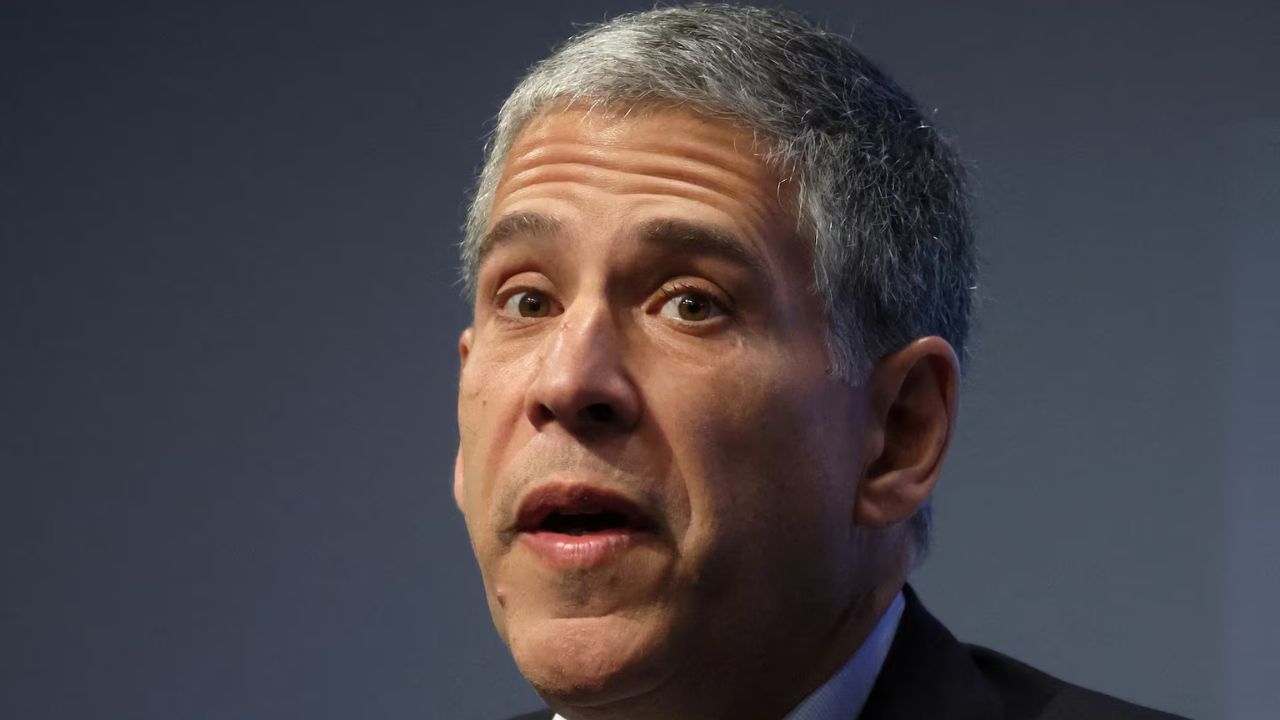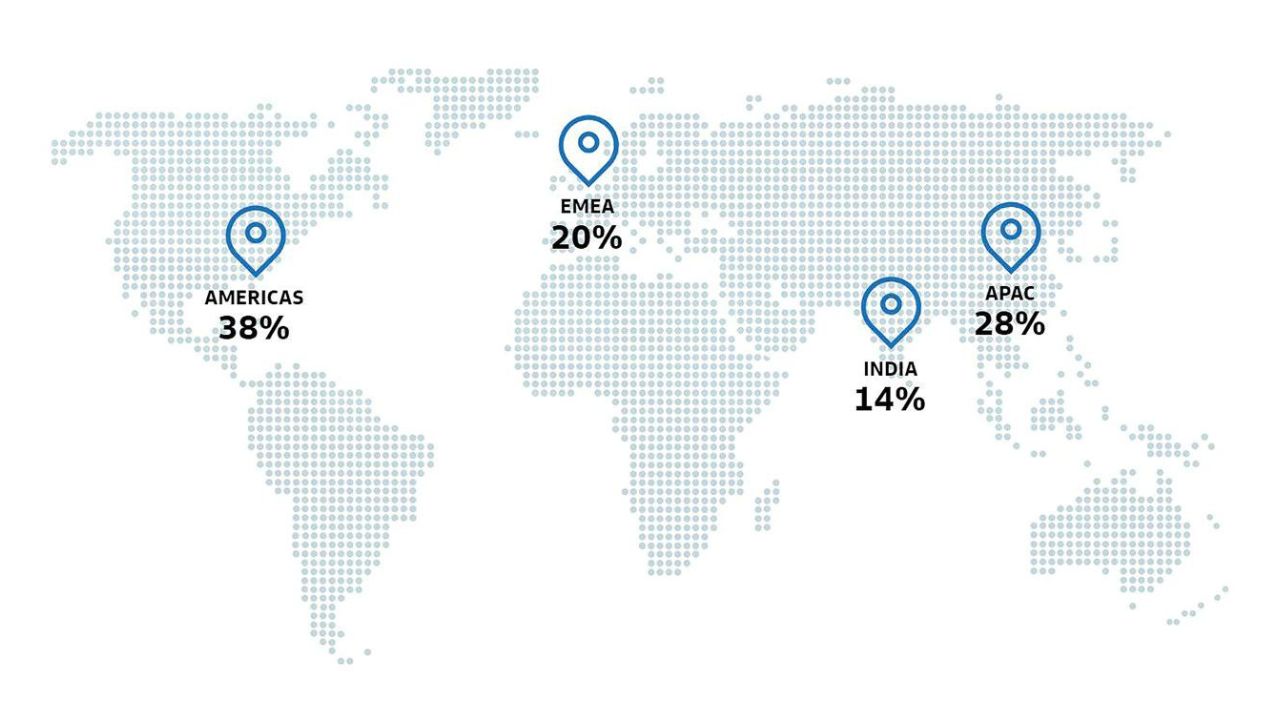Goldman Sachs Asset Management is embarking on a substantial expansion of its private credit portfolio, with plans to reach $300 billion within the next five years.
Currently standing at $130 billion, this ambitious target was revealed by Marc Nachmann, the global head of asset and wealth management at Goldman Sachs.
Nachmann emphasized the enormity of the opportunity, highlighting the potential for significant growth in the private credit sector.
While Goldman Sachs is setting its sights high, other major banking players are also making moves in the private credit space.
Morgan Stanley, for instance, plans to double its private credit portfolio to $50 billion, and JPMorgan Chase has allocated at least $10 billion for private credit initiatives.

Of the $40 billion to $50 billion that Goldman aims to raise for alternative investments this year, Nachmann disclosed that at least one-third will be allocated to support private credit strategies.
Who Are The Shadow Banks?
The rise of non-bank lenders, often referred to as “shadow banks,” has been noted in recent years as they face fewer regulatory constraints compared to traditional banks.
This trend was highlighted in the wake of the Federal Reserve’s January survey of senior loan officers at banks, which reported tighter standards and weaker demand for commercial and industrial loans.
Banks have tightened various terms on these loans, including higher premiums on the cost of funds, credit lines, and more stringent collateralization requirements.
The primary drivers for these stricter loan terms are macroeconomic uncertainty and concerns about the liquidity positions of traditional banks.
How Are They Overcoming It?
Despite the growth in non-bank lending, regulators are increasingly scrutinizing these entities. Bank of England Deputy Governor Sarah Breeden has called for more research into non-bank lenders to prevent a potential “credit crunch.”

Michael Hsu, acting Comptroller of the Currency, expressed concerns that loosely regulated lenders are influencing banks to make lower-quality and higher-risk loans, emphasizing the need to address these issues to avoid a detrimental race to the bottom.
The expansion plans of Goldman Sachs follow a previous report from last year indicating a reshuffling of senior executives as the firm prepared to double the size of its private credit business.
